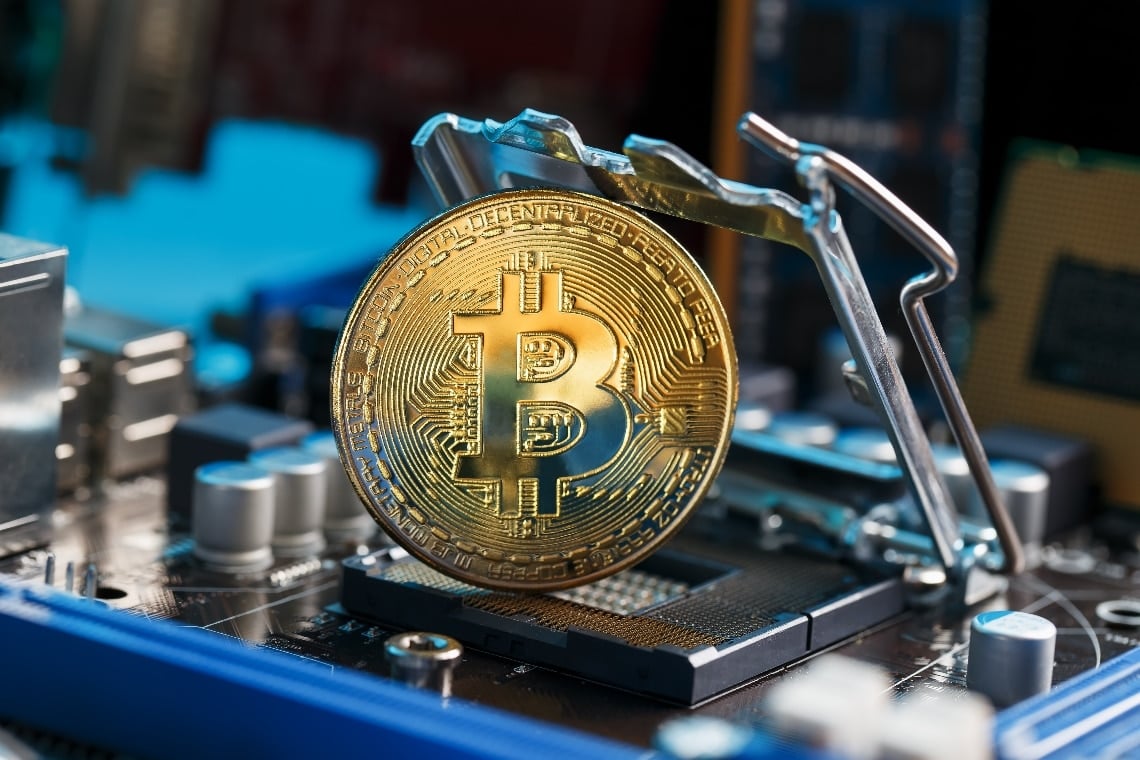Bitcoin’s hash rate has not yet recovered from last Friday’s drop due to problems in China.
On Friday, April 16th, Bitcoin’s hash rate dropped sharply from 157 Ehash/s the previous day to 105 Ehash/s the following day.
In other words, it dropped by a whopping 33% due to problems at a coal mine in China that is used to power some large mining farms.
The collapse of the miners’ computing power caused the block time to rise from the usual 10 minutes to over 15 minutes on April 17th, and then fall to the current 12 minutes. Basically, it takes 20% longer than expected to mine a block, which effectively reduces the current capacity of the Bitcoin blockchain by 12%.
The hash rate is currently still below 130 Ehash/s, which is 17% less than it was on April 15th, so the block time doesn’t look like it’s going to decrease in the coming days.
This means that the average transaction cost is still very high: 0.00053 BTC (about $28) per transaction.
Waiting for the reduction of Bitcoin’s hash rate
Unless the miners can find a way to bring the hash rate back up to a higher level soon, it will have to wait until the first days of May before the problem is solved with a drastic reduction in the difficulty. The fact is that the situation in China has not really changed, so it seems unlikely that the hash rate will return to pre-collapse levels any time soon.
However, it is worth noting that the profitability of bitcoin mining in recent days has reached highs not seen since mid-2019, almost two years ago.
The reduction in the hash rate in fact reduces competition, which makes it easier for miners to validate blocks. The overall time needed to validate them increases, but the likelihood of individual miners still being able to do so also increases.
Note that this case shows that a significant part of Bitcoin mining takes place in China, using fossil fuels such as coal, which only adds to the doubts about the environmental sustainability of this activity.
In the meantime, the use of second-tier solutions to send BTC is increasing, such as the Lightning Network, whose nodes have grown by 6.5% and channels by 4.9 % in the last 30 days. This was a phenomenon that had already started some time ago, and may be accelerated by the current critical situation, with fees at a very high level. Indeed, it is difficult to explain why LN is not yet being used en masse, especially for small-value bitcoin transactions.




